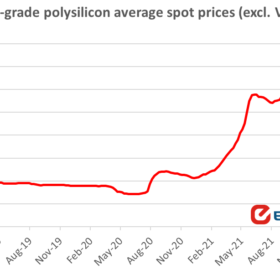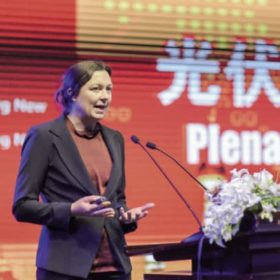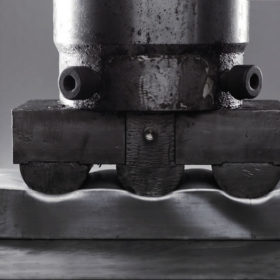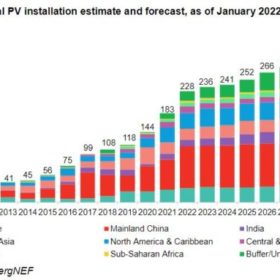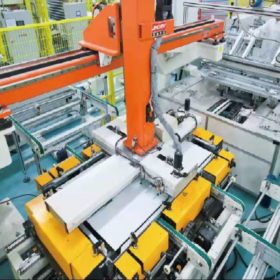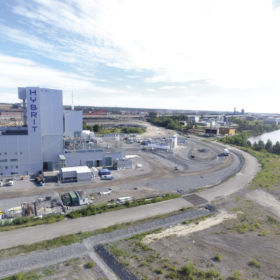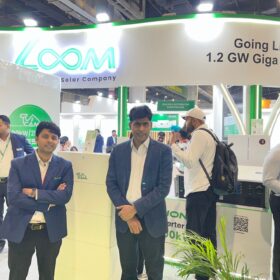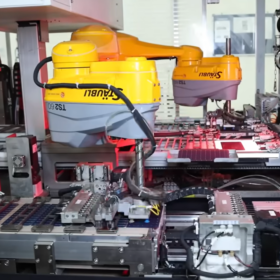Polysilicon price fluctuations expected to continue until late 2023
Two industry experts have provided analyses of the current polysilicon price scenario in a chat with pv magazine and both agreed that polysilicon demand is still growing faster than supply. The price may decrease starting from the second quarter and reach more reasonable levels by the end of the year.
New renewable energy capacity addition grew 73% year-on-year in the third quarter this fiscal
India installed 3,316 MW of non-hydro renewable energy capacity in the third quarter of FY2021-22, compared to just 1,914 MW installed in the same period last year. Out of this, 93% (3,072 MW) came from solar.
‘Solar and wind deployment could not now be stopped if we wanted to’
BloombergNEF’s Jenny Chase has surveyed the state of affairs in world solar for clean energy journal Joule and said the technology’s historic ability to surmount obstacles – and persistently confound analysts’ predictions – should offer a reason for hope.
How solar installations can benefit real estate developers
For real estate developers, now is the best time to install a solar energy system in their projects because solar rebates, tax credits, and incentives are at all-time highs. At the same time, a solar energy system may help them prepare for tomorrow’s specific difficulties while also saving money now.
India’s annual lithium battery market will reach 116 GWh in eight years
The annual demand for lithium-ion batteries in India will reach 116 GWh in FY 2029-30, with electric vehicles (EVs) accounting for 90%.
BloombergNEF says global solar will cross 200 GW mark for first time this year, expects lower panel prices
The analyst also forecasts strong growth for the storage business and a significant increase in PPAs for photovoltaic projects in Europe. It also said the newly installed PV capacity for 2021 reached 183 GW.
Talesun to supply 250 MW bifacial modules for Rajasthan solar project
The Chinese solar manufacturer has signed a deal with Indian developer Clean Solar Power to supply 250 MW of BIPRO series bifacial modules for a solar project in Rajasthan.
Huge aluminum demand expected in solar industry, concerns arise on emissions
Researchers from the University of New South Wales (UNSW) predict that growth to 60TW of photovoltaics needed to rapidly reduce emissions to ‘net zero’ and limit global warming to <2 °C could require up to 486 Mt of aluminium by 2050. A key concern for this large aluminium demand is its large global warming potential.
Making cheaper H2
The hype surrounding green hydrogen is real, but does the cost-reduction outlook for its production technologies live up to it? Christian Roselund looks at the technology, transportation, application and enabling policies behind the promising green energy carrier.
The long read: Slow progress toward a big rooftop PV goal
A vibrant industry across the Middle East – including manufacturers, wholesalers, and a large number of EPCs and installers – supplies decarbonized electricity to meet growing air-conditioning demand, tapping the region’s abundant sunshine. However, progress toward this vision of a distributed-generation solar market segment and industry in the Gulf region has been slow, according to the president of the Middle East Solar Industry Association (MESIA), Ahmed Nada.
